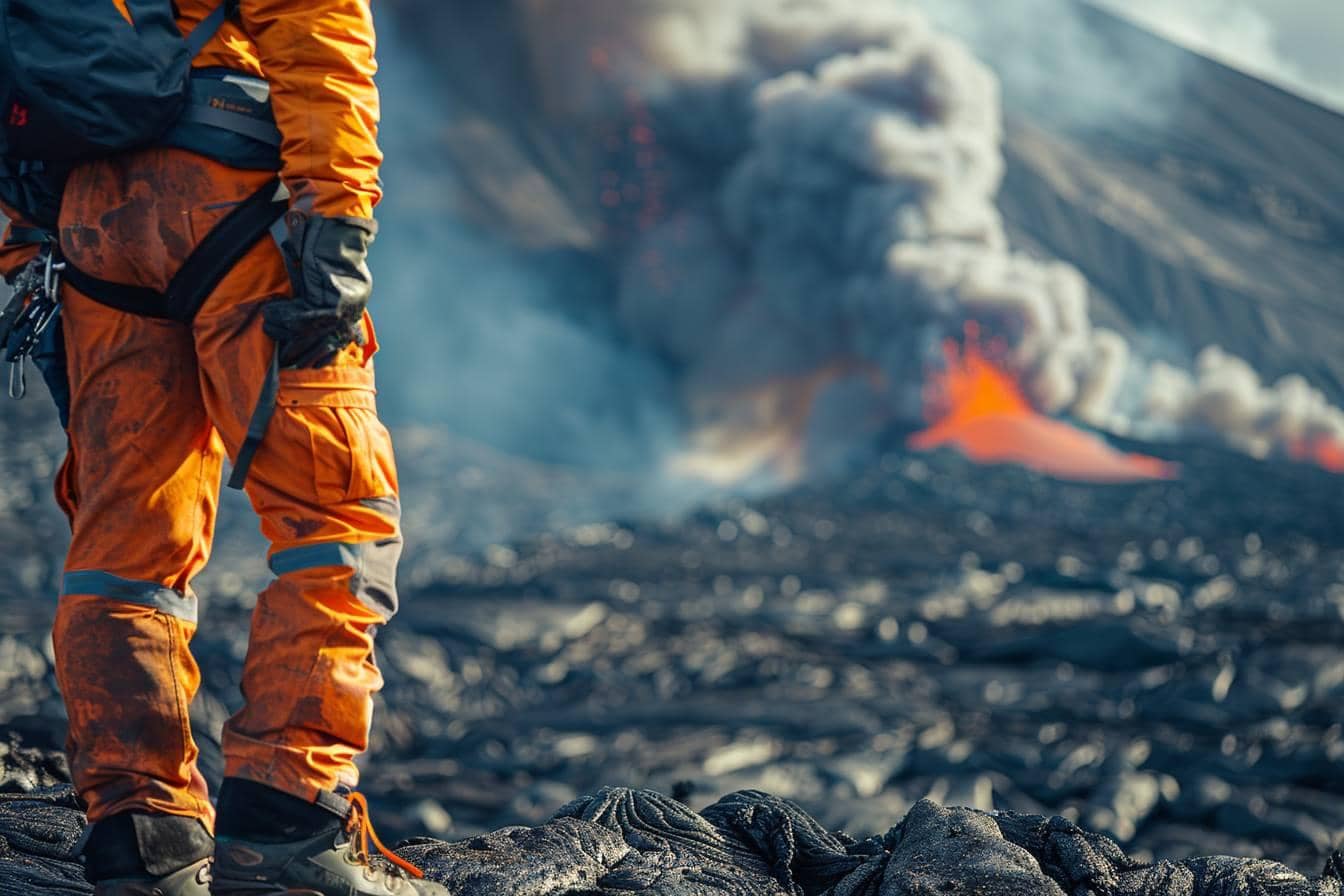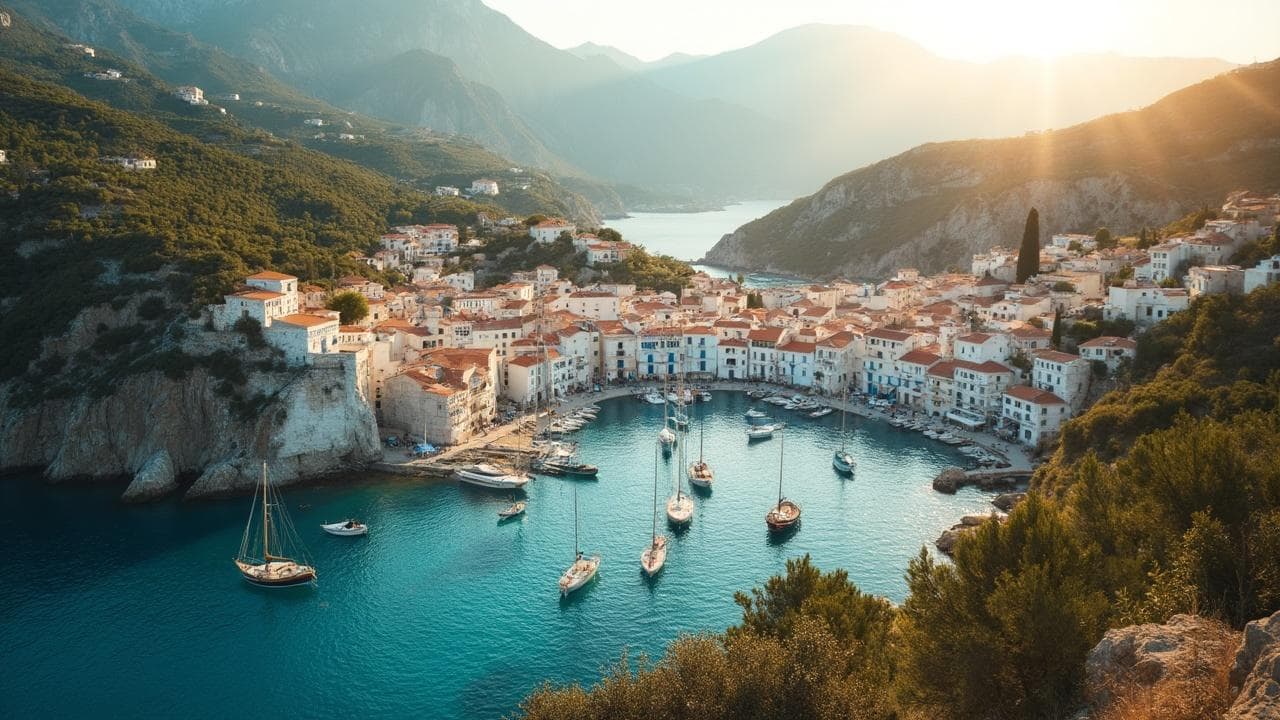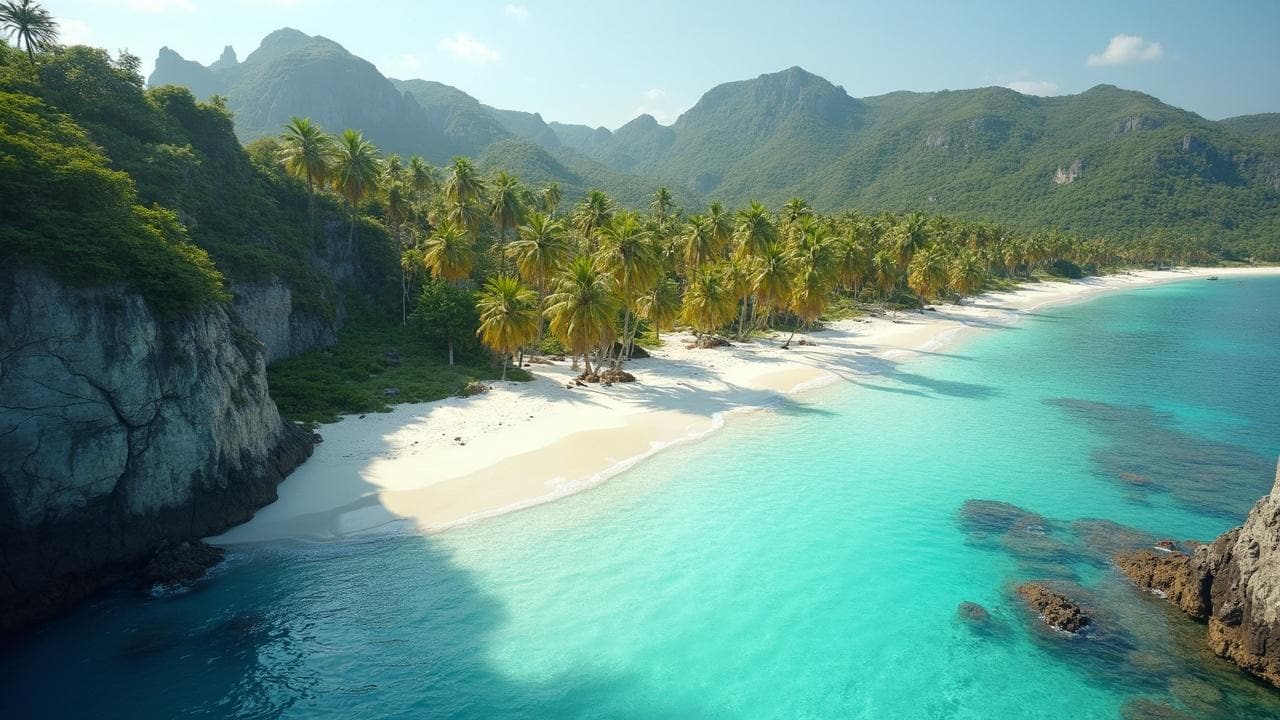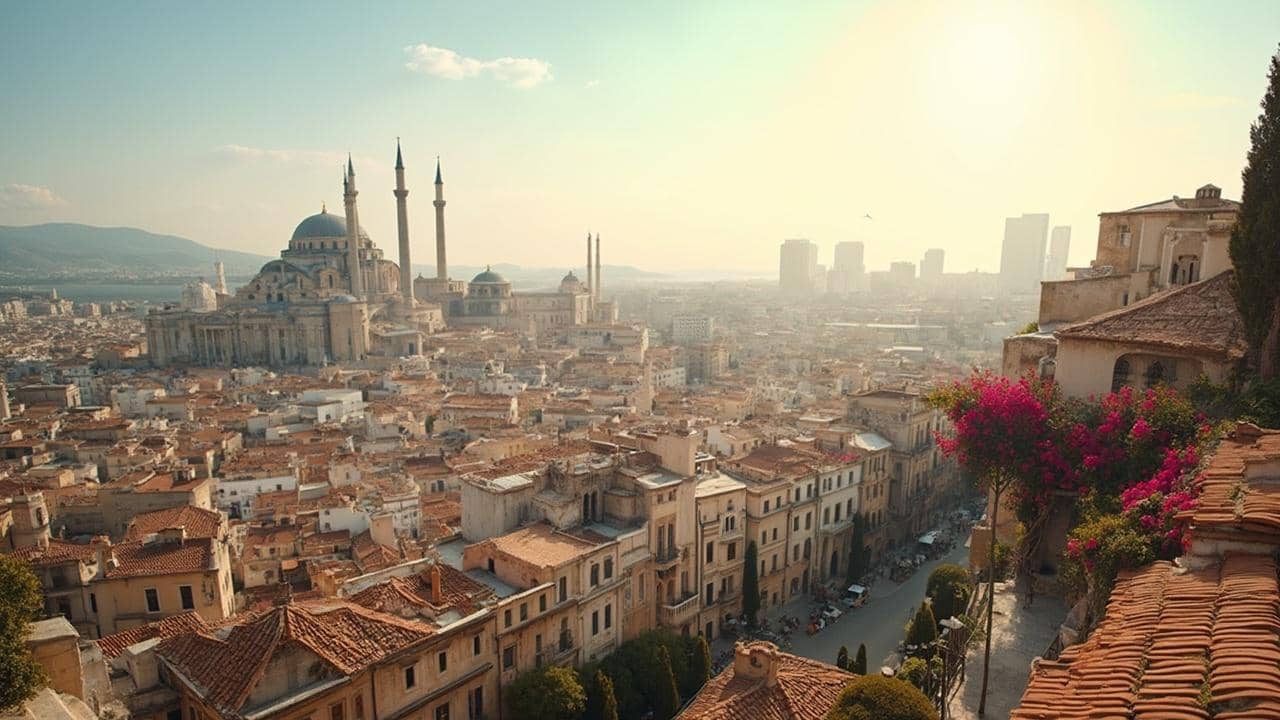When it comes to adventuring in Hawaii’s paradise, especially if you’re drawn to the raw beauty of volcanoes, safety isn’t just a precaution; it’s a necessity. On my many hikes around the globe, I’ve learned a thing or two about embracing the thrill while dodging the risks.
Hawaii is no exception, with its lush landscapes and awe-inspiring volcanic activity. Drawing from my escapades and research, let’s explore some essential tips for staying safe while exploring Hawaii’s volcanic terrains.
In this article
- Safety attire and gear: the essentials
- Heeding local advice and warnings
- Staying away from active lava flows
- Preparation is vital: what to pack
- Respecting Hawaii's cultural and natural heritage
Safety attire and gear: the essentials
First, dressing appropriately is not about making a fashion statement but comfort, visibility, and protection.
From my trek through the Amazon’s dense forests to the Himalayas’ rugged trails, I’ve understood that the right gear is a game-changer. Wearing long pants and long-sleeved shirts made of breathable material helps protect your skin from the sun’s harsh rays and unexpected volcanic ash falls.
Sturdy hiking boots are indispensable. They provide the necessary grip and support on uneven and sometimes treacherous volcanic terrain.
Imagine navigating a sharp, rocky path or an unexpected rain-soaked trail; good boots are your best friends in those moments. Gloves protect your hands from cuts and scrapes when climbing over rugged rocks.
I always pack a high-quality respirator or mask in my travel bag, especially when visiting regions known for volcanic smog, locally known as “vog.”
The microscopic particles in vog can be harmful when inhaled, making a mask essential for anyone with respiratory problems or who wants to breathe more easily around volcanic areas.
Discover other options in the Volcano Hawaii Packing List or the Volcano Hopper article.
Heeding local advice and warnings
During one of my excursions in Peru, following local advice helped me avoid an area recently becoming unsafe due to unexpected weather conditions. This lesson was invaluable and perfectly applies to exploring the volcanic regions of Hawaii.
Conditions can change rapidly when it comes to volcanoes. Listening to park rangers and local authorities can mean distinguishing between a memorable adventure and a dangerous situation.
Keep an eye on official websites and news outlets for the latest updates on volcanic activity. If an area is off-limits, there’s a good reason for it. A volcano’s sheer power and unpredictability mean that safety protocols are there for your protection. Some alerts might be available on the Hawaii Volcanoes National Park page.
Remember, technology is your ally. Downloading relevant apps that provide real-time updates on volcanic activity can be incredibly useful. I’ve found that staying informed is not just about safety; it’s about respecting nature’s boundaries. Check out more on this list of apps.
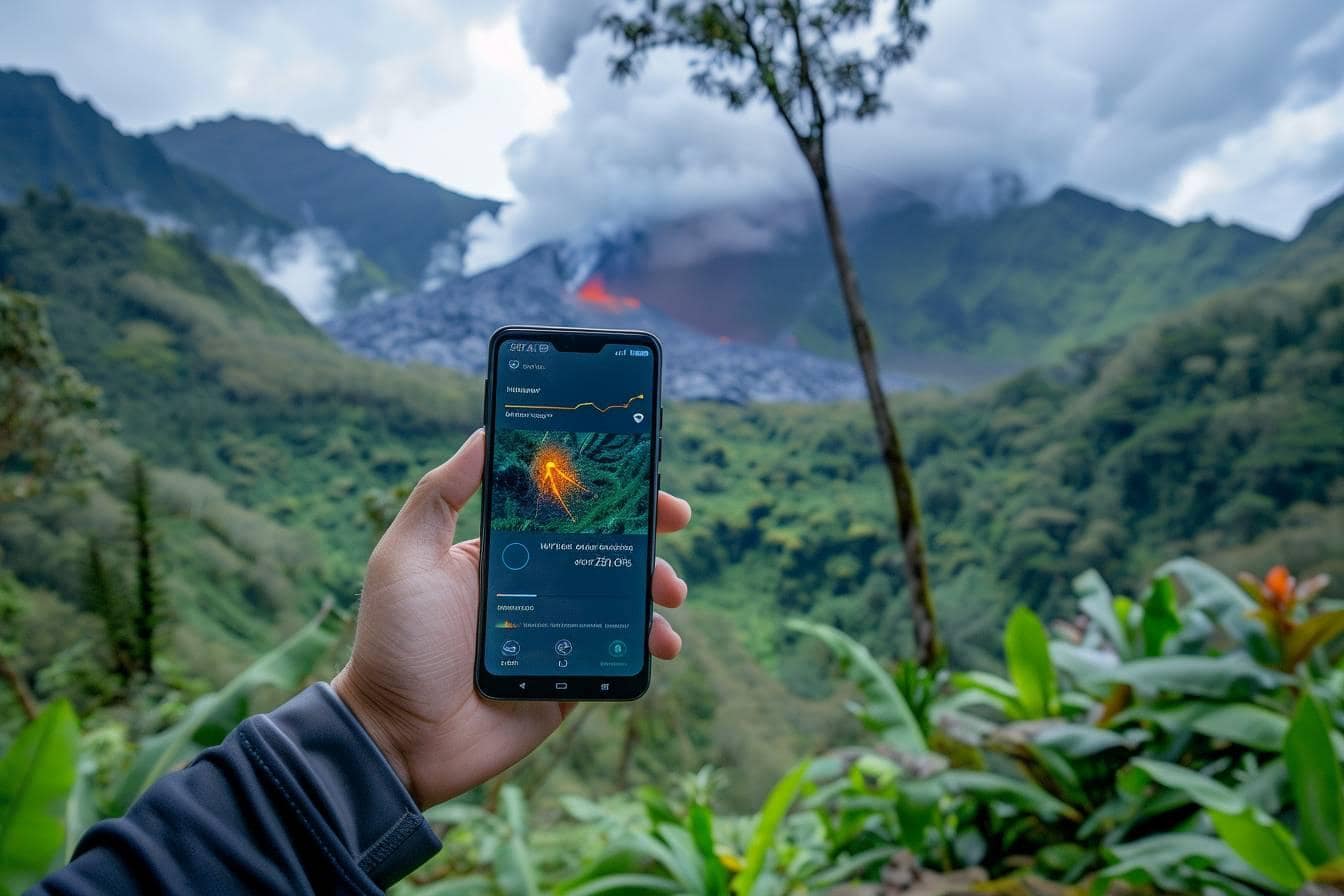
Staying away from active lava flows
The thrill of witnessing lava in motion is unparalleled. However, getting too close to an active lava flow is a gamble with Mother Nature that you’re unlikely to win. The heat alone can cause severe burns, and the ground near active flows can be unexpectedly unstable.
I recall reading about an incident in which a seemingly solid area collapsed due to the hollow chambers beneath caused by flowing lava. This is a stark reminder of the hidden dangers lurking beneath the surface.
Besides, the gases released from these flows can be hazardous. When lava meets water, it can create a steam filled with tiny volcanic particles that irritate your eyes, skin, and lungs.
I’ve always found that observing from a safe distance, preferably from a designated viewing area, offers both safety and a spectacular view. Plus, it’s an excellent opportunity for photography, capturing the awe-inspiring power of nature while maintaining a safe boundary.
Preparation is vital: what to pack
In my travel experiences, I’ve learned that being well-prepared is half the battle won. This holds particularly true when exploring volcanic regions.
Always carry plenty of water to stay hydrated, snacks for energy, and a first-aid kit for unexpected injuries. The importance of water can’t be overstated; dehydration is a real risk, especially under the hot Hawaiian sun.
A flashlight or headlamp is vital, even if you plan to return before dusk. Delays can happen; you don’t want to navigate volcanic terrain in the dark.
Also, remember to pack a fully charged phone and a portable charger. In an emergency, your phone can be a lifeline, whether you call for help or use GPS features to navigate safely.
Lastly, sunscreen and a wide-brimmed hat are essential to protect against the intense Hawaiian sun. A sunburn can quickly turn an adventure into a painful ordeal.
MORE IN HAWAII?
Respecting Hawaii’s cultural and natural heritage
Hawaii’s beauty lies not only in its landscapes but also in its rich cultural heritage. Respecting sacred sites and local customs is as essential as following safety guidelines.
Whether it’s understanding the significance of a particular area or adhering to guidelines about not removing rocks or sand, these actions show respect for the places we visit.
In my travels, I’ve noticed that the most memorable experiences come from seeing a place and understanding and respecting its culture and history.
Following the safety tips outlined here and approaching your adventure with mindfulness and respect, your visit to Hawaii’s volcanic regions can be safe, fulfilling, and truly unforgettable.

